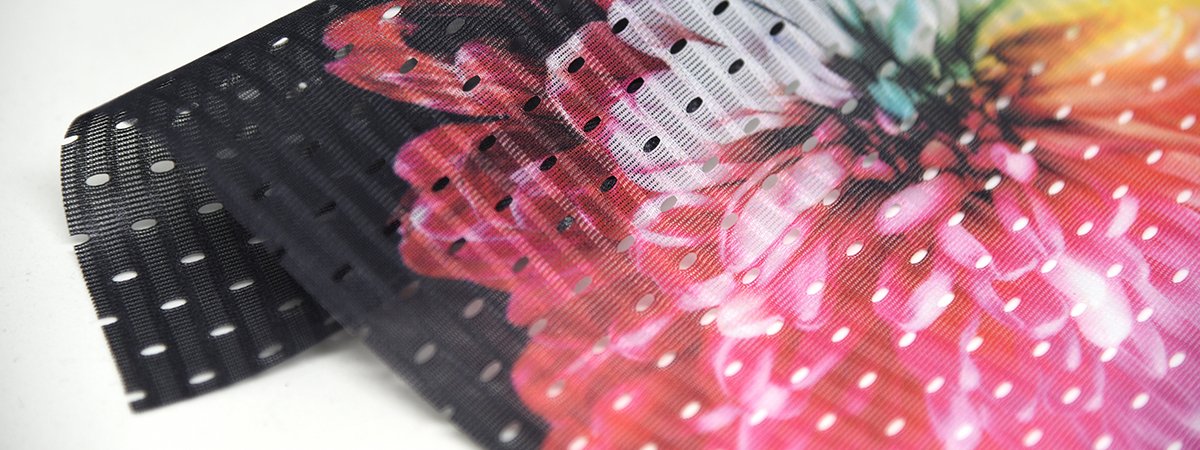Understanding the Fine Print: Hidden Costs of Mesh Printing
In the world of 3D printing, mesh printing has gained considerable popularity for its ability to create intricate and complex structures. However, amidst the excitement of bringing digital designs to life, it’s crucial for enthusiasts and businesses alike to delve into the fine print of mesh printing. Beneath the surface, hidden costs may lurk, impacting both the financial and operational aspects of this cutting-edge technology. قیمت چاپ مش
The Allure of Mesh Printing
Mesh printing, also known as 3D printing with mesh structures, allows the creation of objects with interconnected networks resembling meshes. This technique enables the production of items with unprecedented levels of complexity and detail, making it a favorite among designers, engineers, and artists. Mesh printing has found applications in various industries, from aerospace to healthcare, offering a new dimension to the possibilities of 3D printing.
The Initial Investment: A Closer Look
Before diving into the hidden costs, it’s essential to examine the initial investment required for mesh printing. Acquiring a mesh-capable 3D printer can be a significant expense, often higher than traditional 3D printers. These specialized printers are equipped with advanced features to handle the intricacies of mesh structures, contributing to the upfront investment.
Moreover, compatible software and design tools optimized for mesh printing may also incur additional costs. Ensuring that your design team is proficient in these tools becomes imperative, potentially requiring training or hiring of skilled personnel. Thus, the initial investment extends beyond the printer itself, encompassing the entire ecosystem needed for effective mesh printing.
Material Considerations: Beyond Filament Costs
While filament costs are a well-known factor in 3D printing, mesh printing introduces additional material considerations. The intricate nature of mesh structures often demands more support material during the printing process. This extra material is essential to uphold the delicate interconnections within the design and prevent collapses or deformities.
The support material, however, is not free from costs. It adds to the overall material expenses and increases the time required for post-processing, as support structures need careful removal. As a result, the hidden costs associated with additional materials and extended post-processing times can accumulate, impacting both the budget and the production timeline.
Printer Maintenance and Upkeep
Beyond the initial purchase, maintaining a mesh-capable 3D printer can become a nuanced task. The delicate nature of mesh structures can lead to increased wear and tear on the printer components. Regular maintenance is crucial to ensure the printer’s longevity and consistent print quality.
Printer upkeep includes not only routine cleaning and calibration but also potential repairs and replacements of specialized parts unique to mesh printing technology. Factor in the costs of replacement components, and the overall maintenance expenses can catch some businesses off guard if not included in the budget calculations.
Time is Money: Printing Duration and Efficiency
Mesh printing, with its intricate patterns and interconnected designs, often requires longer print durations compared to simpler 3D prints. The layer-by-layer construction of complex meshes demands precision and patience, impacting the overall efficiency of the printing process.
Businesses relying on timely production may find that the extended printing durations affect their operational schedules. The opportunity cost of tying up a printer for an extended period becomes a hidden cost that needs careful consideration. Understanding the balance between print complexity and production timelines is essential for optimizing the efficiency of mesh printing without compromising on quality.
Training and Skill Development
Incorporating mesh printing into your workflow necessitates a certain level of expertise. Designers and operators must familiarize themselves with the nuances of creating and printing intricate mesh structures. Training programs or workshops may be required to upskill your team, adding another layer of cost to the adoption of mesh printing technology.
Furthermore, the learning curve associated with mastering mesh printing software and tools cannot be ignored. The time spent on training and skill development contributes to indirect costs, impacting productivity during the initial phases of implementation. Businesses must account for these factors in their budget planning to ensure a smooth transition to mesh printing.
Environmental Impact: Waste and Sustainability
As with any manufacturing process, 3D printing generates waste, and mesh printing is no exception. The support structures, necessary for the stability of mesh designs during printing, contribute to material waste. While efforts are underway to optimize support structures and minimize waste, it remains a factor that adds to the hidden costs of mesh printing.
Businesses focusing on sustainability must weigh the environmental impact of mesh printing against its benefits. Implementing recycling or waste reduction strategies can add another layer of cost, but it aligns with the growing emphasis on eco-friendly practices in the manufacturing industry.
Conclusion: Navigating the Mesh Printing Landscape
Mesh printing undoubtedly offers a realm of possibilities for innovation and creativity. However, understanding the fine print, especially the hidden costs associated with this advanced printing technology, is paramount for businesses and enthusiasts. From the initial investment to ongoing maintenance, material considerations, and the time implications, a comprehensive approach is needed to navigate the mesh printing landscape successfully.
As the technology evolves, addressing these hidden costs becomes essential for the sustainable integration of mesh printing into various industries. By doing so, businesses can unlock the full potential of mesh printing while mitigating unforeseen challenges and ensuring a cost-effective and efficient 3D printing journey.
